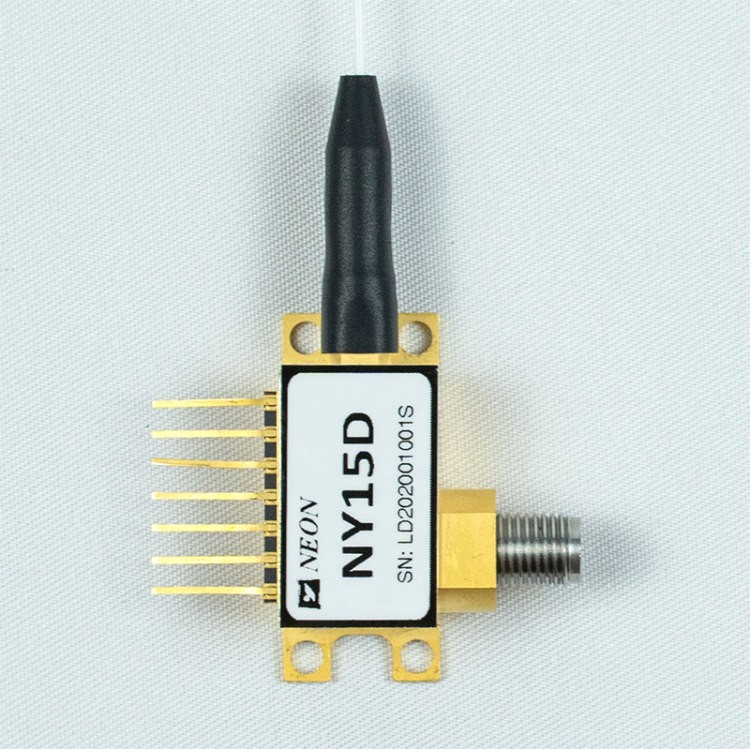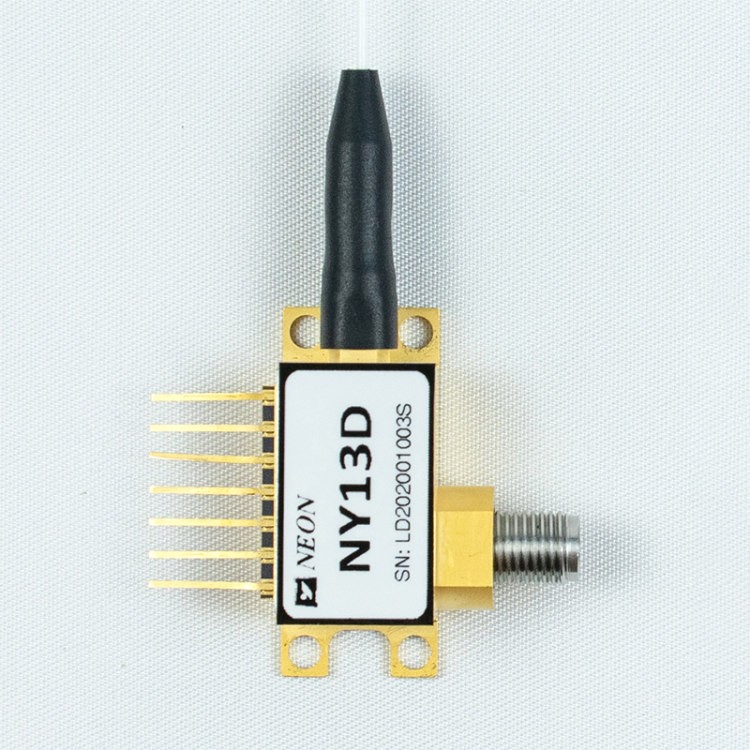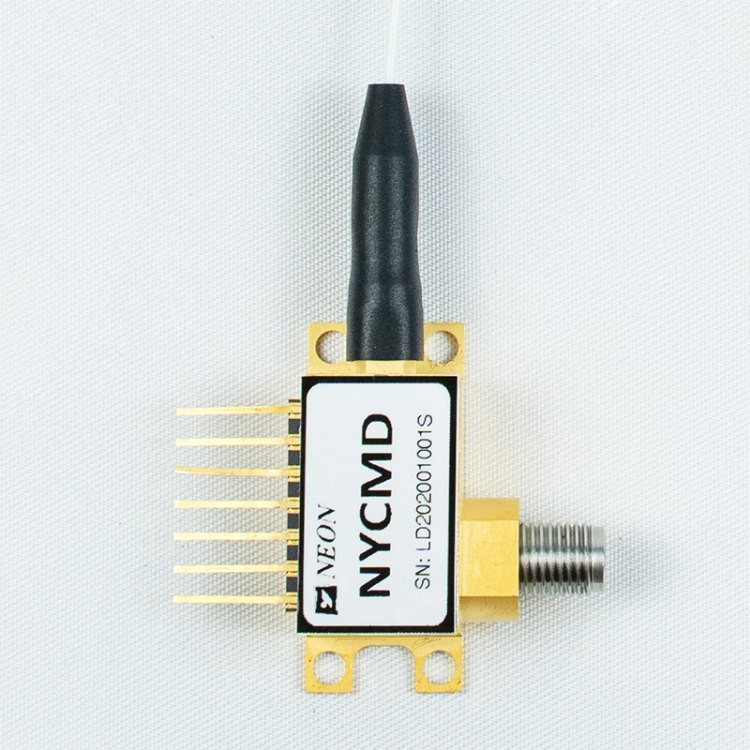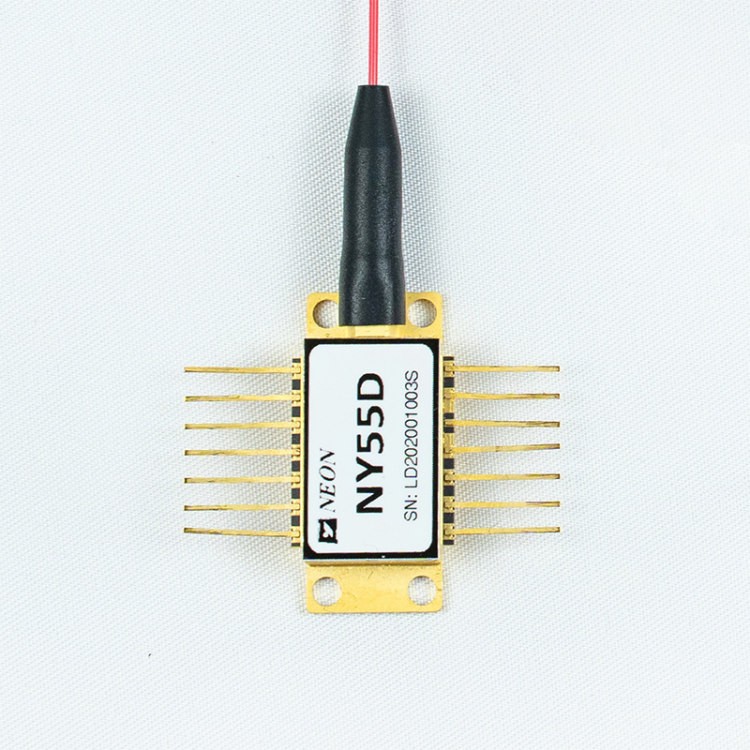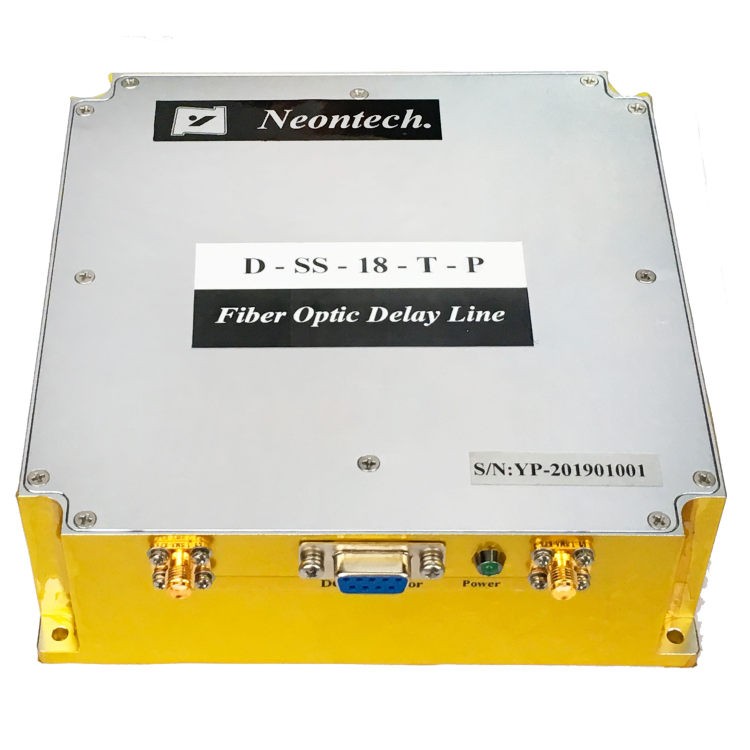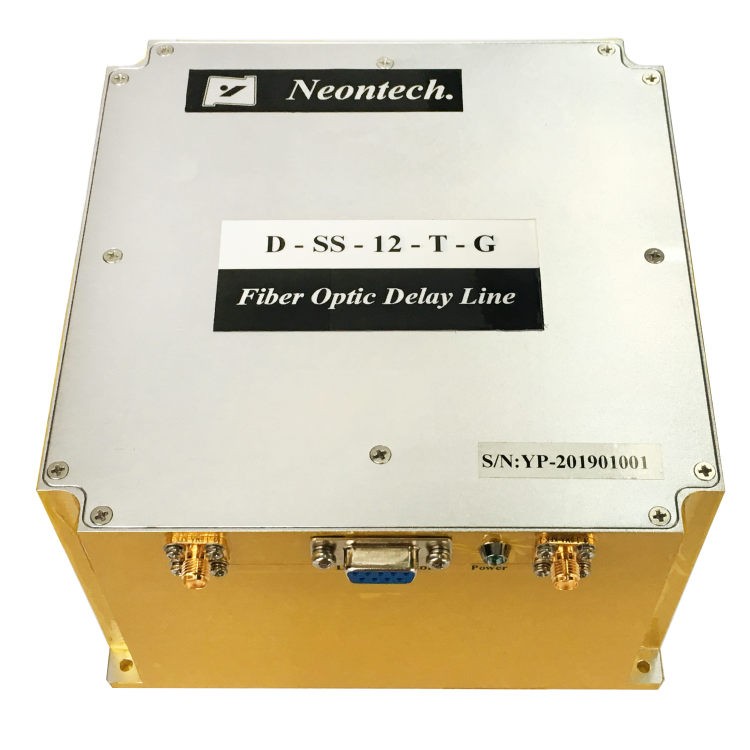6 Advantages and 4 Application Prospects of 1550nm Microwave DFB Laser Diode
1550nm microwave DFB laser diode is a type of laser diode that emits light at a wavelength of 1550 nanometers. This wavelength is well-suited for fiber optic transmission, as it is absorbed less by water and other materials than other wavelengths of light. 1550nm microwave DFB laser diodes are also characterized by their high-dynamic range, long-distance communications, and 10 MHz to 18 GHz bandwidth. These features make them ideal for a wide range of applications, including antenna remoting, telemetry, timing, reference signal distribution, measurement, and delay lines. In this article, we will explore the advantages of this laser diode and discuss its potential applications in different fields.
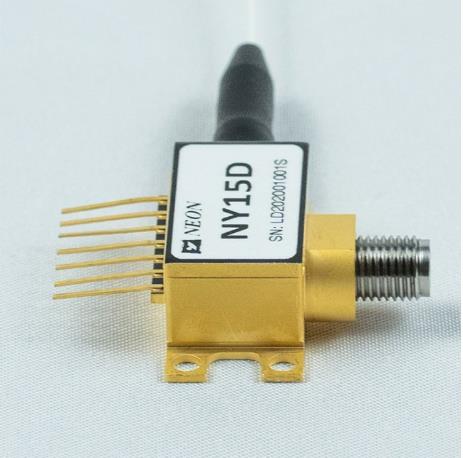
Advantages of 1550nm Microwave DFB Laser Diode
- High Output Power
The 1550nm microwave DFB laser diode exhibits a remarkable ability to generate high output power. This characteristic makes it highly suitable for applications that require strong optical signals. Whether it’s long-haul optical fiber communication systems or high-power sensing applications, the laser diode’s capability to deliver substantial power ensures reliable and efficient performance.
- Wide Wavelength Tuning Range
Another notable advantage of the 1550nm microwave DFB laser diode is its wide wavelength tuning range. This feature allows the laser diode to operate at different wavelengths around 1550nm, offering flexibility in adapting to various application requirements. The ability to tune the wavelength makes it valuable for applications such as spectroscopy, optical coherence tomography, and wavelength-division multiplexing (WDM) systems.
- Narrow Linewidth
The laser diode’s narrow linewidth is a significant advantage for applications that rely on precise optical signals. The 1550nm microwave DFB laser diode produces a laser beam with a narrow spectral linewidth, enabling accurate and high-resolution measurements. It is particularly beneficial in optical communication systems, where a narrow linewidth facilitates increased data transmission rates and reduced signal distortion.
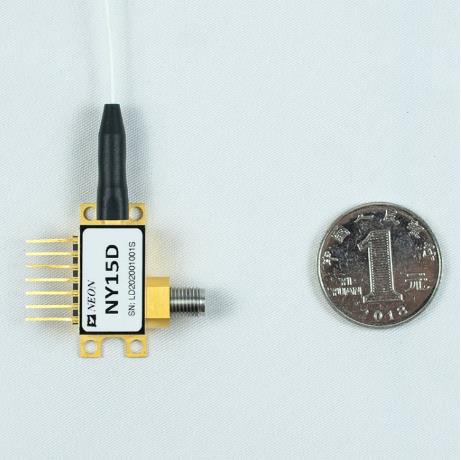
- Excellent Coherence Properties
Coherence refers to the relationship between the phase and amplitude of a laser beam. The 1550nm microwave DFB laser diode exhibits excellent coherence properties, making it ideal for applications that rely on interference phenomena. Interferometry and optical coherence tomography are two fields that benefit from the laser diode’s high coherence, enabling precise measurements and imaging.
- Low Phase Noise
Phase noise is a detrimental factor in many applications, especially in microwave photonics and radar systems. The 1550nm microwave DFB laser diode offers low phase noise, ensuring accurate and reliable operation in these systems. The low phase noise property is essential for maintaining the integrity of microwave signals, enabling improved performance in various wireless communication and radar applications.
- High Reliability and Stability
In any application, reliability, and stability are crucial factors for long-term operation. The 1550nm microwave DFB laser diode is known for its robustness and stability, making it suitable for demanding environments. Its high reliability ensures uninterrupted operation, reducing downtime and maintenance costs.
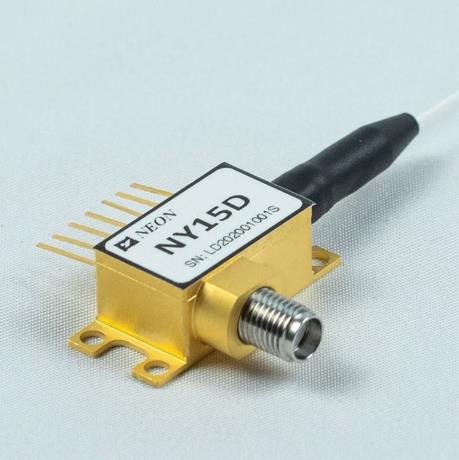
Application Prospects of 1550nm Microwave DFB Laser Diode
- Optical Communication
The 1550nm microwave DFB laser diode finds extensive application in long-haul optical fiber communication systems. Its high output power, narrow linewidth, and excellent coherence properties contribute to efficient signal transmission over long distances. Moreover, its stability and reliability make it a preferred choice for reliable and high-speed data communication.
- Sensing and Metrology
In sensing and metrology applications, the 1550nm microwave DFB laser diode plays a vital role. Its narrow linewidth and high coherence make it suitable for distributed temperature sensing, gas sensing, and precision metrology. The laser diode’s ability to provide accurate and reliable measurements enhances the performance of these applications.
- Microwave Photonics
Microwave photonics combines microwave and optical technologies, offering advantages such as broadband wireless access and radio-over-fiber. The 1550nm microwave DFB laser diode’s low phase noise and high stability contribute to the seamless integration of microwave and optical systems, enabling improved performance in microwave photonics applications. It serves as a crucial component for signal generation, modulation, and transmission, ensuring high-quality and reliable microwave signals.
- Lidar Systems
Lidar (Light Detection and Ranging) systems rely on laser diodes to measure distances and create detailed 3D maps. The 1550nm microwave DFB laser diode’s high output power and narrow linewidth make it well-suited for lidar applications. With its ability to deliver powerful and accurate laser beams, it enhances the performance of lidar systems used in remote sensing, autonomous vehicles, and environmental monitoring.
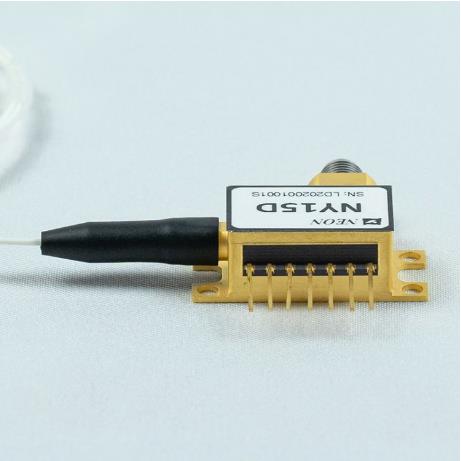
Conclusion
The 1550nm microwave DFB laser diode offers numerous advantages and holds great potential in various applications. Its high output power, wide wavelength tuning range, narrow linewidth, excellent coherence properties, low phase noise, and high reliability make it a valuable component in optical communication, sensing and metrology, microwave photonics, and lidar systems. As research and development in laser diode technology continue, we can anticipate further advancements and expanded applications of the 1550nm microwave DFB laser diode, contributing to advancements in various fields and industries.


